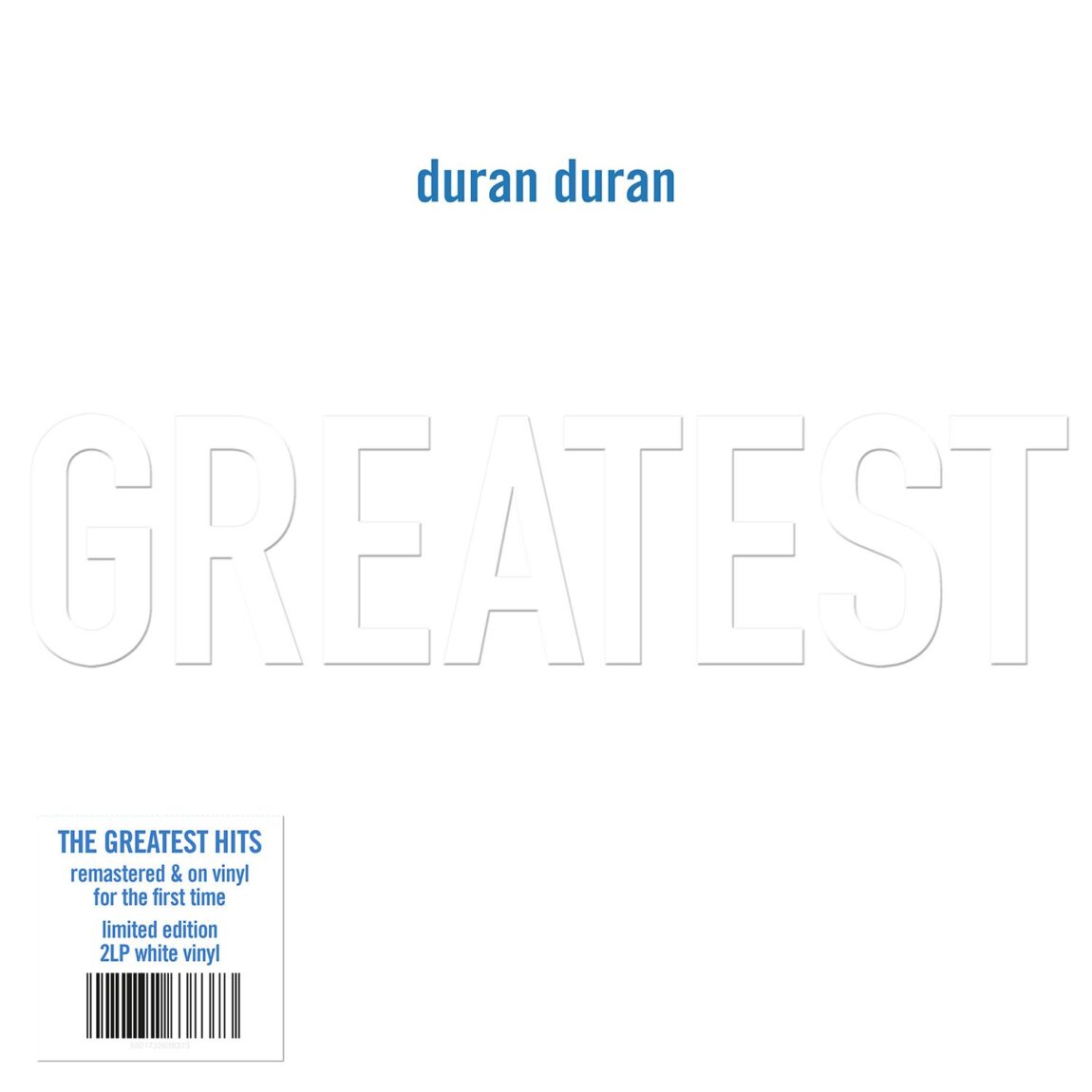The whole band -- Nick Rhodes, Simon Le Bon, John Taylor and Roger Taylor -- was riding in a car together, a week ago after a rehearsal.
They were flipping channels on the radio when Rhodes, the keyboardist, had this thought: They may never agree on a radio station, since they all have such diverse musical tastes.
But then, the radio landed on a Bob Marley song, and each musician said in his own way, "Yeah, yeah, leave that one on!"
Rhodes immediately knew the significance of the Bob Marley moment. The significance wasn't that the players of Duran Duran were all on some cosmic alignment of enlightenment.
The magic was in something simpler: The tone of one Bob Marley tune was perfect.
"We were all listening to it saying, 'My God. The sound of this is so beautiful,' " Rhodes says. "It doesn't matter how old it is. It's so timeless. Just listen to the depth and the richness of the quality."
The point of the Bob Marley moment is this: The world never talks about the tones and textures of sounds that musicians and studio engineers choose.
But those decisions can trump everything else about a song or a band.
"If I hear somebody else's record, and I hear they've really zeroed in on (a powerful tone), that gives me so much pleasure -- never mind how great the song might be, or the vocal delivery, or the lyric," Rhodes says.
Rhodes himself is the man who plays the famous synthesizer parts in "Girls on Film," "Hungry Like the Wolf," "Rio," "Save a Prayer," "The Reflex," "Wild Boys," "A View to a Kill," "Notorious" and "Ordinary World."
Rhodes (the only Duran who's been there since 1978) helped define the sound of the '80s, or to be specific: the tone of the '80s.
He did that after he studied the keyboard tones of the forefathers of the 1970s: Kraftwerk, David Bowie with Brian Eno and, before them, Wendy Carlos' electronic masterpiece of a score for "A Clockwork Orange."
"Kraftwerk were so far ahead of their time. They really invented something nobody had ventured to do at that point," Rhodes says.
"There were a lot of other electronic experimental bands. But the way Kraftwerk blended that sound -- and somehow made it so pure, and yet appealing and not abrasive -- was extraordinary."
So, the synthetic tones of the 1980s, from Duran Duran to Depeche Mode, The Human League and legions of others, all sprung from Kraftwerk's loins.
In the 1990s, synthetic sounds led to the trip-hop of Bjork and Portishead, whose 1994 album "Dummy" is still Rhodes' favorite album of the decade, and maybe of the past two decades.
In our decade now, electronic and DJ music has gone synthetic via computers, although it all still points backward in some way to Kraftwerk. And if Kraftwerk were the Wright brothers, then Skrillex and Deadmau5 are NASA.
Personally, Rhodes enjoys the contemporary synthetic bands Goldfrapp and Vegas' The Killers.
"The Killers -- I think they've made some really great records," he says, dubbing them "one of the best American bands of the last decade."
As for Duran Duran, they're getting some of their best reviews in more than a decade for their 13th studio album, "All You Need Is Now."
To get the right tones for the album, Rhodes recorded "All You Need" almost entirely with analog instruments, plus a few digital samples.
But on tour, Rhodes must re-create those synthetic tones digitally, because it's not practical to drag vintage analog machinery on the road. (Rhodes does bring one digitally controlled analog synthesizer on tour. It's called the Andromeda.)
So to re-create the album on tour, Duran Duran digitally sampled all their synthesized tones and texture.
"Digital sampling now is amazing," Rhodes says.
But digital still doesn't have the same aural response as analog, he says.
"Analog can do things that digital will never be able to do. It's got a heartbeat," he says.
What he means is, each analog synthesizer sounds different from one another, whereas every digital synthesizer sounds exactly the same.
"They have anomalies, each one of them, and little quirks," Rhodes says. "I can play 10 Moog synthesizers from the same period, and they'll all sound different.
"Analog instruments are all like wild animals you have to tame. You can get things out of those beasts that you're never going to get out of digital synthesizers."
Anyhow, all of Rhodes' hard work, put into every synthesizer, every knob turn, is to find that perfect synthetic tone for a Duran Duran song.
"There are only so many tones. That's like saying there are only so many colors. It's how you use them and how you put them together."
Courtesy Las Vegas Review Journal
Doug Elfman's column appears Tuesdays, Thursdays and Fridays. Contact him at delfman@reviewjournal.com. He blogs at reviewjournal.com/elfman.
